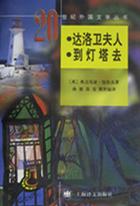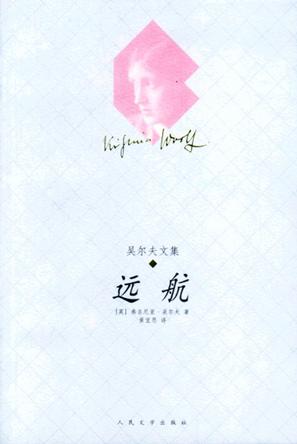To the Lighthouse
Virginia Woolf
Book Description
The Wordsworth Classics covers a huge list of beloved works of literature in English and translations. This growing series is rigorously updated, with scholarly introductions and notes added to new titles.
This novel is an extraordinarily poignant evocation of a lost happiness that lives on in the memory. For years now the Ramsays have spent every summer in their holiday home in Scotland, and they expect these summers will go on forever.
The most autobiographical of Virginia Woolf's work, "To the Lighthouse" is based on her own childhood experiences, and while it touches on childhood and children's perceptions and desires, it also explores adult relationships, marriage and the changing class structure of its time.
From Publishers Weekly
It's wondrous to listen to a fine reading of a long-loved novel. Leishman makes masterly use of volume, timbre and resonance to distinguish between characters and draw us into the emotional swings and vibrations of the internal musings of each. She creates not a new but a more nuanced reading, following the interwoven streams of consciousness in a British English that lends authenticity to each voice. Leishman swims smoothly through Woolf's sentences that ebb and flow with numerous parenthetical thoughts and fresh images. These passages are interspersed with quick, sharp, simple sentences that gain strength in contrast. Leishman also draws our attention to Woolf's poetic prose: her rhythms and images, her use of hard consonants in monosyllabic words in counterpoint to long, soft, dreamy words and phrases. To The Lighthouse plays back and forth between telescopic and microscopic views of nature and human nature. Mrs. Ramsey is both trapped in and pleased in her roles as wife, mother and hostess. The introspective Mr. Ramsey is consumed with his legacy of long-since-published abstract philosophy. This is a book that cannot be read—or heard—too often. (Jan.)
From AudioFile
Woolf's beautiful, if somber, 1927 novel falls into three parts. First is a scene of a large, complex family on summer holiday before the Great War, their guests, their servants, their belongings, their style of life, and a postponed day trip to the distant lighthouse, longed for by the youngest child, James. The second section deals with what happened next, to them and to England, and the last reassembles some of the remaining characters at the scene of the first, for the lighthouse trip, so changed from the one once anticipated. Phyllida Law's rhythmic, poetic reading renders it with finesse, though her reading of Mrs. Ramsey may not satisfy every reader's concept of the character. B.G.
The Merriam-Webster Encyclopedia of Literature
Novel by Virginia Woolf, published in 1927. The work is one of her most successful and accessible experiments in the stream-of-consciousness style. The three sections of the book take place between 1910 and 1920 and revolve around various members of the Ramsay family during visits to their summer residence on the Isle of Skye in Scotland. A central motif of the novel is the conflict between the feminine and masculine principles at work in the universe. With her emotional, poetical frame of mind, Mrs. Ramsay represents the female principle, while Mr. Ramsay, a self-centered philosopher, expresses the male principle in his rational point of view. Both are flawed by their limited perspectives. A painter and friend of the family, Lily Briscoe, is Woolf's vision of the androgynous artist who personifies the ideal blending of male and female qualities. Her successful completion of a painting that she has been working on since the beginning of the novel is symbolic of this unification.
About Author
Virginia Woolf was born in London in 1882. From 1915 onward, she maintained an astonishing output of fiction, literary criticism, essays and biography. She married Leonard Woolf and in 1917 they founded the Hogarth Press. She died in 1941.
Book Dimension :
length: (cm)19.8 width:(cm)12.6
点击链接进入中文版:
到灯塔去





